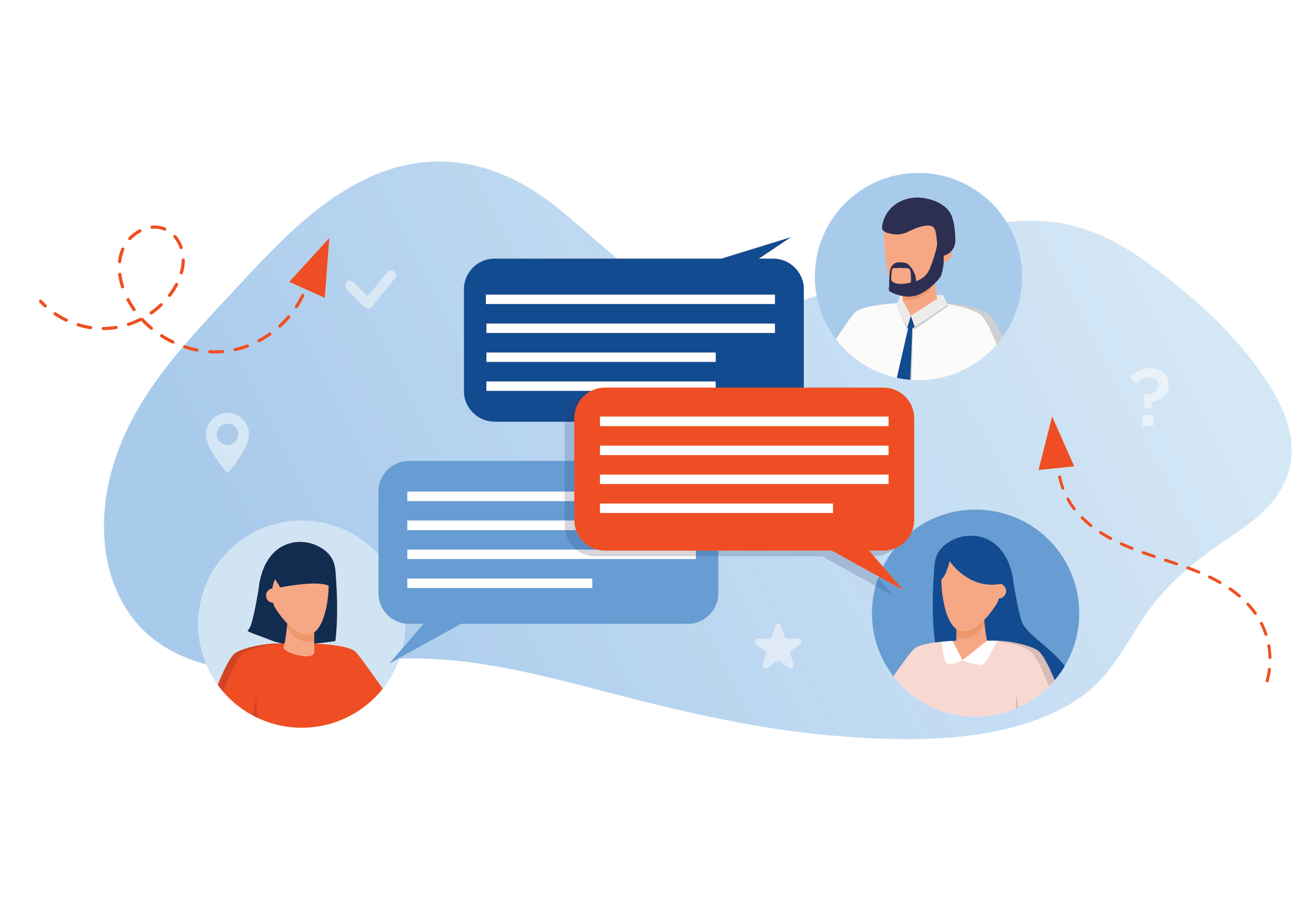The 8-Minute Rule for Popular News
Wiki Article
The Definitive Guide for Popular News
Table of ContentsExamine This Report on Popular NewsThe 5-Second Trick For Popular NewsAll About Popular NewsThe 2-Minute Rule for Popular News
Age is likewise an aspect in the way individuals view the role of social networks. More youthful social networks information customers are a lot more most likely to state it has affected their discovering right. Regarding half of social media news customers ages 18 to 29 (48%) claim information on social networks makes them much better notified, compared to 37% of those 30 to 49, 28% of those 50 to 64, and 27% of those 65 and older.Reporters evaluate news values when figuring out whether to cover an occasion or news. Below are the worths that we take into consideration when developing an outreach technique. Arguably one of the most important aspect of newsworthiness is whether the news product being communicated effects a news outlet's target market. Let's imagine scientists have actually discovered an economical remedy to a typical issue.
Proximity is necessary. Journalists want things that affect their communities. Research on a state's brand-new tax obligation code likely will not generate the exact same interest throughout state boundaries. Sometimes experts can aid localize a larger national story that affects more than just a city or state. In these situations, it is very important to be in search of possibilities where topic specialists can offer insight or where comparable projects may be occurring in your area.
If you are releasing relevant research, loop in MarComm prior to the write-up being published to make sure that the pitch can stress the latest component of the tale: the magazine of the study. Occasions and announcements that involve high-profile figures are more likely to create media coverage. Sees from nationwide numbers often require months of preparation due to awaited area interest.
9 Simple Techniques For Popular News
We can aid reduce possible reputational danger with these tales while likewise enhancing the probabilities of creating insurance coverage. While several of the above information worths are intertwined, human passion tales frequently stand apart.Human interest elements can include information worth to various other stories that might appear to be lacking in the other values. The uniqueness or anomaly of a circumstance can aid influence whether or not an information electrical outlet is most likely to cover a tale. While this is not an extensive checklist, examining to see if your news item or event has these top qualities before contacting us will certainly help you establish which aspects hold one of the most news worth.

The Popular News PDFs
There is additionally considerable evidence that even more consumers can begin to pay for information in the futureif authors can comprehend them and offer them well. Fifty percent of those who do not spend for news actively seek out news and resemble clients in numerous means. And almost 2 in 10 of those who do not register for information now suggest they are inclined to begin to pay in the future.We after that ask a collection of try this website concerns to establish whether people spend for certain sorts of information sources (Popular News). We asked individuals to name the resources they use most oftenwhether they spend for them or nothow they use them, the specific points they consider important regarding them, and some associated questions about the cost and value of that resource
People are attracted to information generally for 2 reasons above others: A desire to be notified citizens (paper clients in specific are highly inspired by discover here this) and because the magazine they subscribe to excels at covering particular subjects concerning which those clients specifically care. While there are a host of factors, the No.
Greater than 4 in 10 likewise point out the truth that pals and family register for the exact same product (Popular News). Greater than a third of people claim they originally subscribed in response to a discount or promo. In print, individuals likewise are moved heavily to register for obtain promo codes that save them cash, something that has untapped ramifications in digital
Examine This Report about Popular News
Concerning half are "information applicants," meaning they actively seek information as opposed to largely running into it in an extra passive method, though the news that nonpayers are looking for (in the meantime, at least) is typically about nationwide politics. Like clients, a lot of these people also get news several times a day, use the news in methods similar to customers, and want comparable subjects, consisting of international or global information.
Of those who do pay, 54 percent register for newspapers in print or digitally, which stands for 29 percent of Americans in general. A lot of them get a print magazine together with their newspaper and spend for 2 to 4 news resources in total, some a lot more. And while 53 percent are long-time clients (5+ years), greater than a quarter (27 percent) have acquired their newspaper subscription within the previous year.
Couple of print customers assume it likely they will change to a digital-only subscription in the future, and over half of those who like digital have never spent for a print variation of the same resource. Totally 75 percent of newspaper payers state they primarily checked out the paper in print, while 21 percent are primarily digital customers, and 4 percent describe themselves as uniformly split.
Report this wiki page